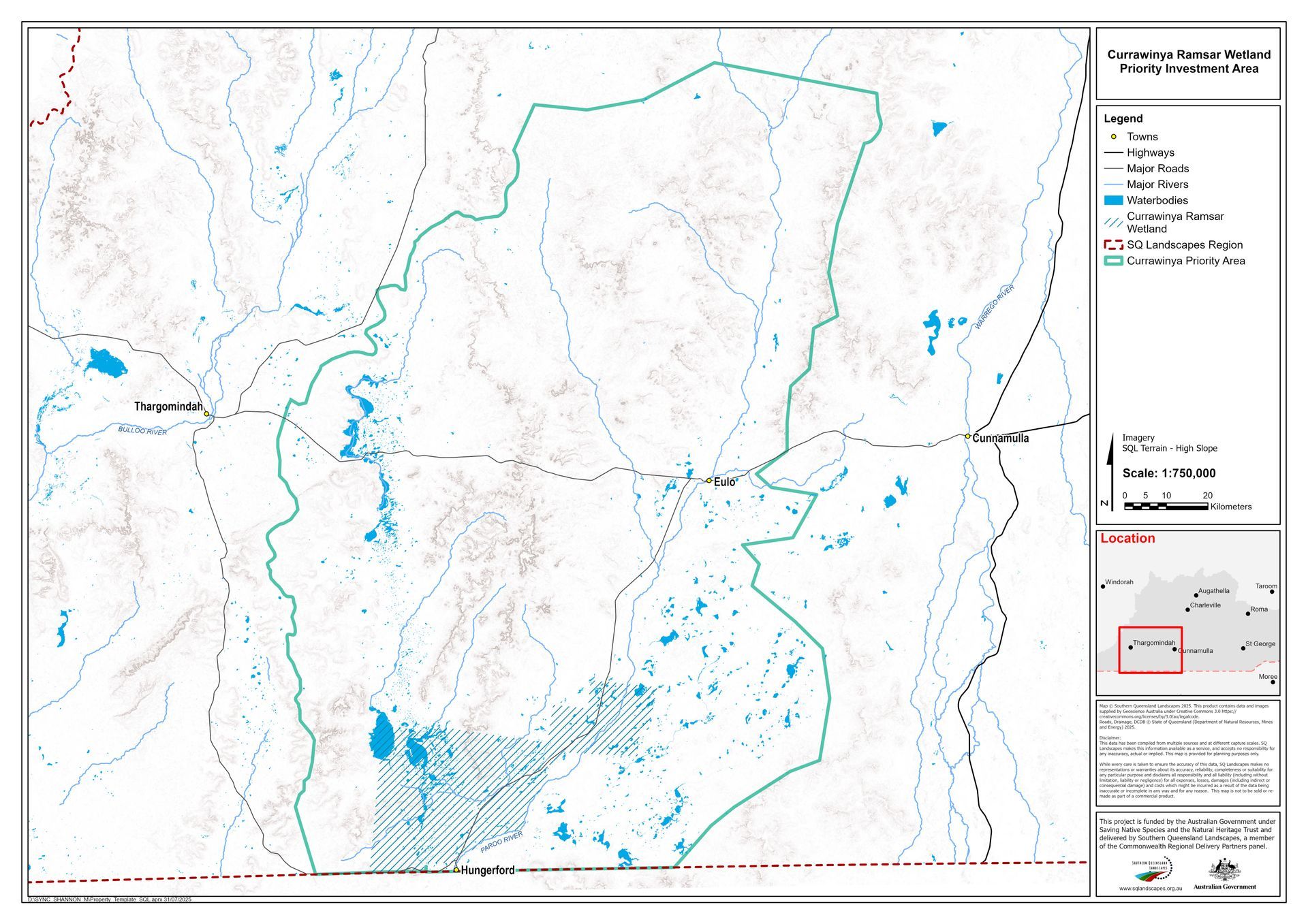The Currawinya Lakes Ramsar Site: A Vital Inland Wetland System in Queensland
A Wetland System of International Importance
The Currawinya Lakes Ramsar site is one of the most significant inland wetland areas in Queensland and plays a vital role in conserving the unique biodiversity of Australia’s semi-arid landscapes. Spanning more than 151,300 hectares, this expansive wetland complex is situated in the south-western corner of the state within the Currawinya National Park which spans 344,000 hectares, approximately 170 km south-west of Cunnamulla.
Currawinya Lakes is a wetland of international importance declared under the Ramsar Convention on Wetlands, the site distinguished by its remarkable range of wetland habitats. These include extensive freshwater and saltwater lakes, ephemeral clay pans, swamps, natural springs, and permanent and semi-permanent waterholes associated with the Paroo River, which is one of the last remaining free-flowing rivers in the Murray-Darling Basin.
The two major lakes within the site, Lake Numalla and Lake Wyara, are strikingly different in their ecological character, despite being located just three kilometres apart. Lake Numalla is a freshwater lake that receives inflows from the Paroo River and supports a variety of aquatic plants, freshwater fish, and waterbirds. In contrast, Lake Wyara is a saline lake with no surface inflow, supporting salt-tolerant organisms and providing critical habitat for a different suite of waterbird species, including migratory shorebirds protected under international agreements.
The distinct catchments and varying salinity levels of these lakes create diverse ecological conditions, enabling a rich variety of habitats that support an exceptional array of flora and fauna. Many bird species use the lakes for breeding, feeding, and resting during their migratory journeys. The broader Currawinya wetland system is also home to several threatened species and plays a crucial role in regional hydrology, carbon sequestration, and drought resilience. Overall, the Currawinya Lakes Ramsar site is a vital stronghold for wetland conservation in Australia’s arid interior. It offers not only significant ecological value, but also serves as an important natural refuge in an environment that is subject to extreme climate variability.
Image 1. The endangered Australian Painted Snipe found in the wetlands. Image 2. One of the major threats to the Brolga, is loss of freshwater habitats through drainage and removal of wetland vegetation. Image 3. Many species of reptiles like this Central Netted Dragon, live in the Currawinya Lakes Ramsar Site.
Current Threats
The Currawinya Lakes Ramsar site spans across multiple land holdings including national park, pastoral lands, and other managed reserves. While this diversity in land use can support a range of conservation and cultural values, it also presents challenges for cohesive and consistent management. All areas within the Ramsar site are subject to varying levels of risk from numerous threatening processes, which together have the potential to compromise the ecological integrity and natural functioning of these unique wetland systems and their surrounding environments.
A number of key threats have been identified that pose ongoing pressure on the Currawinya Lakes Ramsar site. These include the spread of invasive weeds and the impacts of feral animals such as pigs, goats, and foxes, which can cause significant damage to native vegetation and disrupt wildlife habitat. Alterations to natural hydrological patterns, often resulting from upstream water use or climate variability, can reduce water availability and affect the timing and duration of flooding, critical processes that support the wetlands' ecological character. Other threats include declining land condition and deteriorating water quality, often linked to erosion, sedimentation, and nutrient runoff. Inappropriate or unregulated grazing regimes can further degrade soil and vegetation, while poorly designed or placed infrastructure such as roads and tracks may fragment habitats, interfere with water flow, and increase human disturbance in sensitive areas. Together, these factors threaten the long-term health and resilience of the Currawinya Lakes Ramsar site.
Southern Queensland Landscapes through the
Restoring and Connecting Landscapes to Protect the Currawinya Ramsar Site Project, have been working with landholders, local government, Traditional Owners and agencies using collaborative efforts in land management, monitoring and restoration to mitigate these threats and protect the rich biodiversity and environmental values the wetlands support. This will be achieved through improved groundcover management practices, hydrological regimes, pest management, and better stock management and infrastructure across prioritised areas.

This project is funded by the Australian Government’s Natural Heritage Trust and delivered by Southern Queensland Landscapes, a member of the Commonwealth Regional Delivery Partners Panel.

